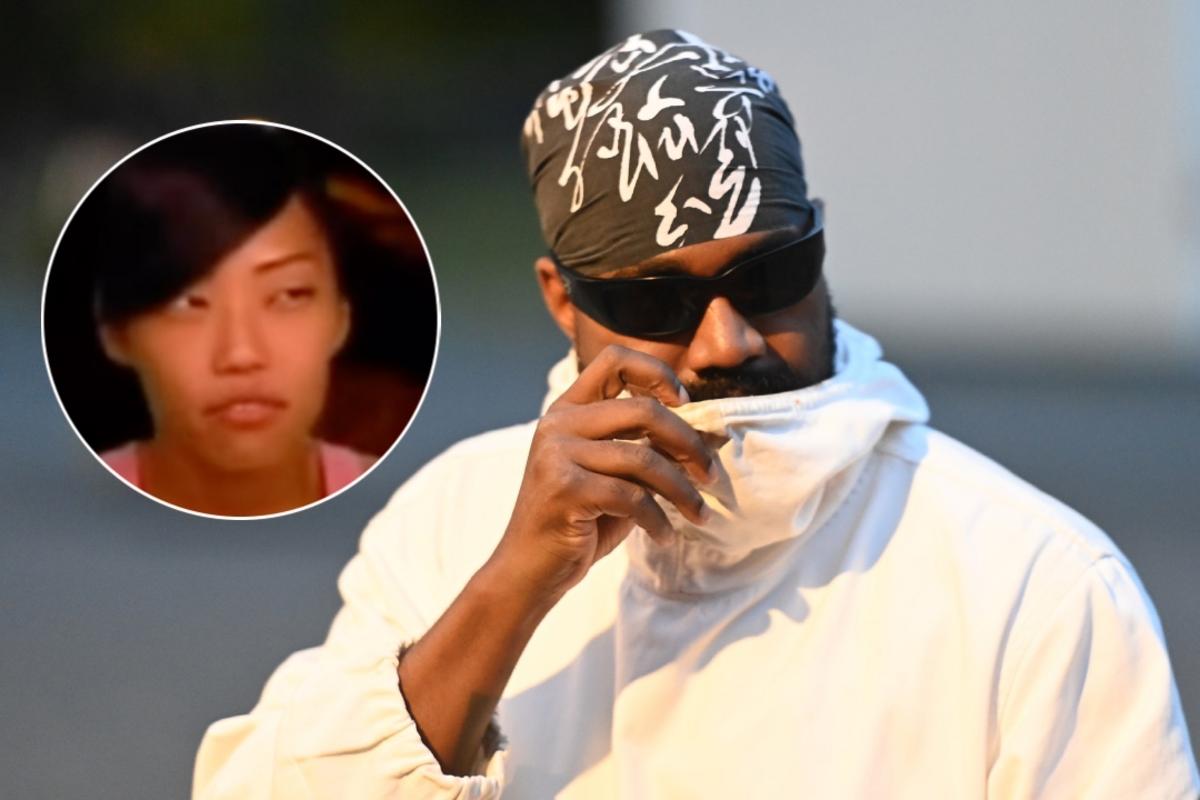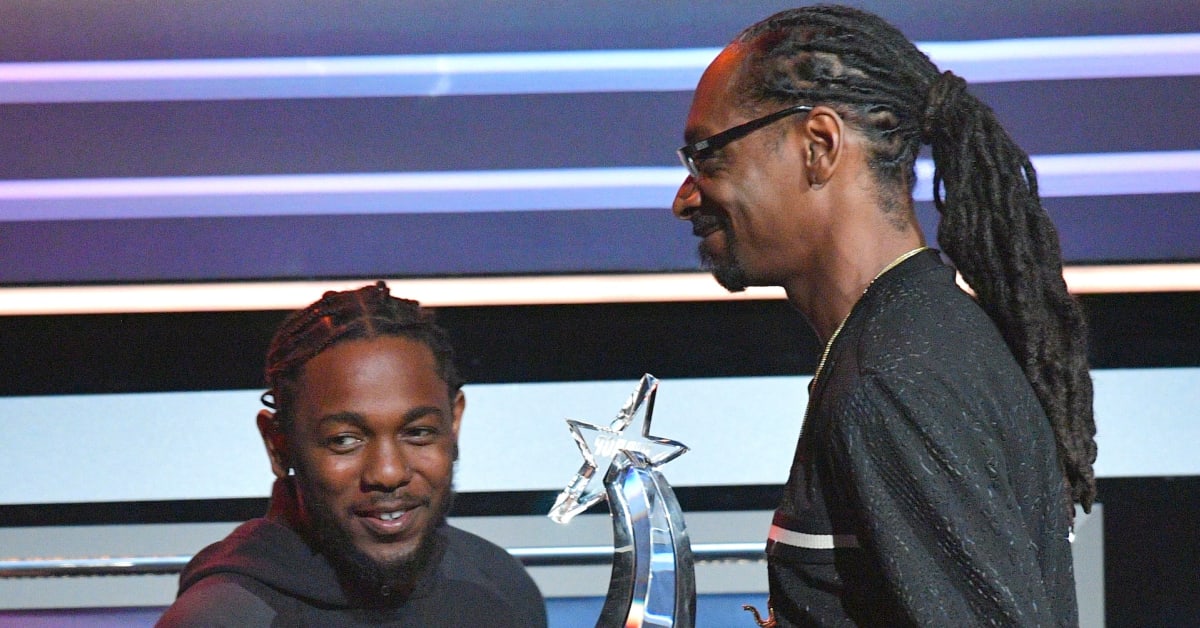The NBA has a problem. When the playoffs expanded to include a play-in game, making it so 20 of 30 teams make the postseason, the league had further de-emphasized the importance of its 82-game regular season. While the two months of NBA playoffs are some of the most dramatic must-watch TV of the year, it’s the six months of regular season live-event programming that is the league’s bread-and-butter when it comes to ticket sales and TV revenue.
Last season, in an effort to create some in-season excitement, the league created an in-season tournament, the second edition of which was rebranded the Emirates NBA Cup and tipped off last week with group play before eight teams advance to the knockout round on December 10-17. The in-season tourney is, objectively, a meaningless competition. Each game still just counts as a regular season win or loss, and winning the Cup carries no competitive advantage to the winning team (although players advancing to the knock-out round earn bonuses ranging from $100,000 to $500,000).


Is the NBA Cup a cheap gimmick or a worthy experiment? For an entertainment business, that evaluation will be left to its consumers to decide via the metrics of ticket sales, TV ratings, and online engagement. But the one aspect of the NBA Cup experiment that should have quickly been deemed a failure — and killed off like that grating character on your new favorite show before the start of Season 2 — is the specialty basketball courts designed in bold colors that scream, “YOU ARE NOT WATCHING A NORMAL GAME!”
The problem with the NBA Cups’ colorful courts is not a question of style, taste, or some conservative need to cling to tradition. The NBA Cup was a business decision, and for the NBA, that means TV, having just signed a mind-boggling $76 billion deal with ESPN/ABC, NBCU, and Amazon Prime Video. At a time when those same studios are cutting content costs across the board, the NBA just received a 160 percent pay raise. And it’s from this perspective of the NBA as TV programming that the colorful courts are an objective failure, shattering basic Filmmaking 101 principles designed to make it so the audience can follow the action, the drama, and the characters.
 NBA In-Season Tournament game at Gainbridge Fieldhouse on December 04, 2023Getty Images
NBA In-Season Tournament game at Gainbridge Fieldhouse on December 04, 2023Getty ImagesTo understand just how wrongheaded the choice is to introduce these bold new colors, it’s worth analyzing why the boring old hardwood floor courts work so well. First off, it is boring — the floor isn’t the exciting part of the game, the 10 players battling on the 90-foot court are the show, while the 18,000 screaming fans supply the energy. The floor, which reflects light, and is intentionally constructed of a subtle mix of light and darker pieces of maple wood, increase visibility, so that the players and the ball stand out. This is production design 101: Certain backdrops, combined with lighting, make the stars stand out from their backdrop — creating a sense of depth so your eye is drawn to and can clearly delineate the action the director wants you to track.
On Tuesday, the NBA had its first marquee matchup of the young season: The 15-0 Cleveland Cavaliers versus the reigning champs, the Boston Celtics. And because Cavs/Celtics was a Cup game, the Boston home court was green — you can take a look at the featured photo at the top of the page to get a full sense of the design. Over the last three seasons, even the most casual NBA fan has become familiar with the core cast of the Celtics team. Flip on the game, and one instantly recognizes the smooth reserve of Jayson Tatum, the explosiveness of Jaylen Brown, the lumbering 6’ 11” frame of crafty 38-year old veteran Al Horford, and so on. Except against the green colored court, even on my carefully calibrated 4K OLED TV, I struggled to tell who was who — the distinguishing features of the players, their faces, size, movement, style of play, skin color, haircuts, was lost against the sea of green.
If the NBA was a TV show, and it is, the production designer would be fired. Movie stars would refuse to work with them, and they’d be out of the business. And I know what you are thinking: Equating Stephen Curry shooting a 3-pointer and Angelina Jolie playing Maria Callas is a false equivalent, and I’d agree. Movie stars like Jolie no longer drive box office, while Curry (even when his Warrior teams are mediocre) has consistently and significantly driven increased tickets sales and TV ratings.
 Stephen CurryGetty Images
Stephen CurryGetty ImagesThe NBA’s huge advantage over other sports is the intimacy and familiarity we have with its players. Compared to baseball and soccer, the NBA court is relatively small, and like Anne Hathaway sitting courtside we are up-close-and-personal. Compared to football and hockey, NBA players’ faces and bodies are not covered up with helmets and other protective equipment. Our familiarity with the players is not unlike that with movie stars. Each player not only possesses a distinct skill set, they have a style, a swagger, a rhythm, and a source of physical self-expression. Their personality, intelligence, relationship with teammates, friction with coaches, and determination are laid bare on the court. And most importantly, their true character as competitive athletes is revealed in the climactic fourth quarter of a close game.
One of the defining moments of Michael Jordan’s career, and the NBA as dramatic television, was Game 5 of the 1997 Finals. Jordan had food poisoning. We were told by the announcers he was flu-stricken and might not play. When Jordan did appear, one look at his sunken face, his shuffling feet, and we all instantly related to what the best athlete in the world was going through — we had each been there ourselves, that 24-hours of not being able to hold down food or water and feeling like a wet dish rag. Jordan scored 38 points that game, and during timeouts leaned on teammates like a drunk using a wall to prop himself up. In the fourth quarter, as he willed the team to victory, what was revealed was not Jordan’s insane basketball skill and athleticism but an inner fortitude and competitive drive that defied our understanding of human capacity. What was revealed that day was how a dramatic human moment could be captured by the distinct storytelling art of the modern sports filmmaking of the NBA.
Basketball is the perfect TV show. Modern camera technology and NASA-like equipment designed for professionals to smoothly move it places the viewer in the battle. An unappreciated craft is that of the sports directors who cut between angles in real time with incredible precision and storytelling instincts. Maybe the most infuriating thing about the colored Cup courts is it prevents these directors from cutting between angles. Why? Because the shots don’t match. It’s jarring to go from a high angle master shot of the game with the bright colored back drop, to a closer eye-level shot without it.
 ‘Gladiator II’©Paramount/Courtesy Everett Collection
‘Gladiator II’©Paramount/Courtesy Everett Collection“Gladiator II” opens this weekend, and director Ridley Scott’s ability to do much the same thing with his army of cameras capturing characters fighting to the death in the Roman Colosseum will bring millions to the cineplexes. A thought experiment for NBA executives: Can you image Sir Ridley changing the color of the Colosseum’s sand to fire-engine red to attract more viewers? Oklahoma City Thunder Turquoise? Celtic Kelly Green?
This year, teams are making an effort to make color court choices that complement or contrast with their home jerseys, as if the NBA is now in the pink-green colorful world of “Wicked” — a cinematic world that took months of careful planning among set dressing, props, costumes, VFX, and lighting design, all of which required a level of precision and testing and control to execute (basically, the exact opposite of a 48-minute basketball game). The problem with the NBA taking this approach is, by definition, complementary colors make both colors pop, and so while it might be more pleasing to the eye, it only heightens the emphasis and draws attention to the floor color itself. And by the way, there are five other players on the court wearing a different color jersey.
Again, the advantage of the traditional blended maple wood floor is that regardless of uniform, shoe, skin, or hair color, or the orange basketball itself, it showcases and lifts what matters most. It’s the flexible and durable canvas for the multi-cultural, fashion-forward (flashy throwback jerseys! signature sneakers!), unpredictable drama of the NBA to be painted. And how an entertainment business that has gotten Hollywood to fork over tens of billions of dollars to show it on TV doesn’t recognize that is truly mind-blowing.




















 English (US) ·
English (US) ·